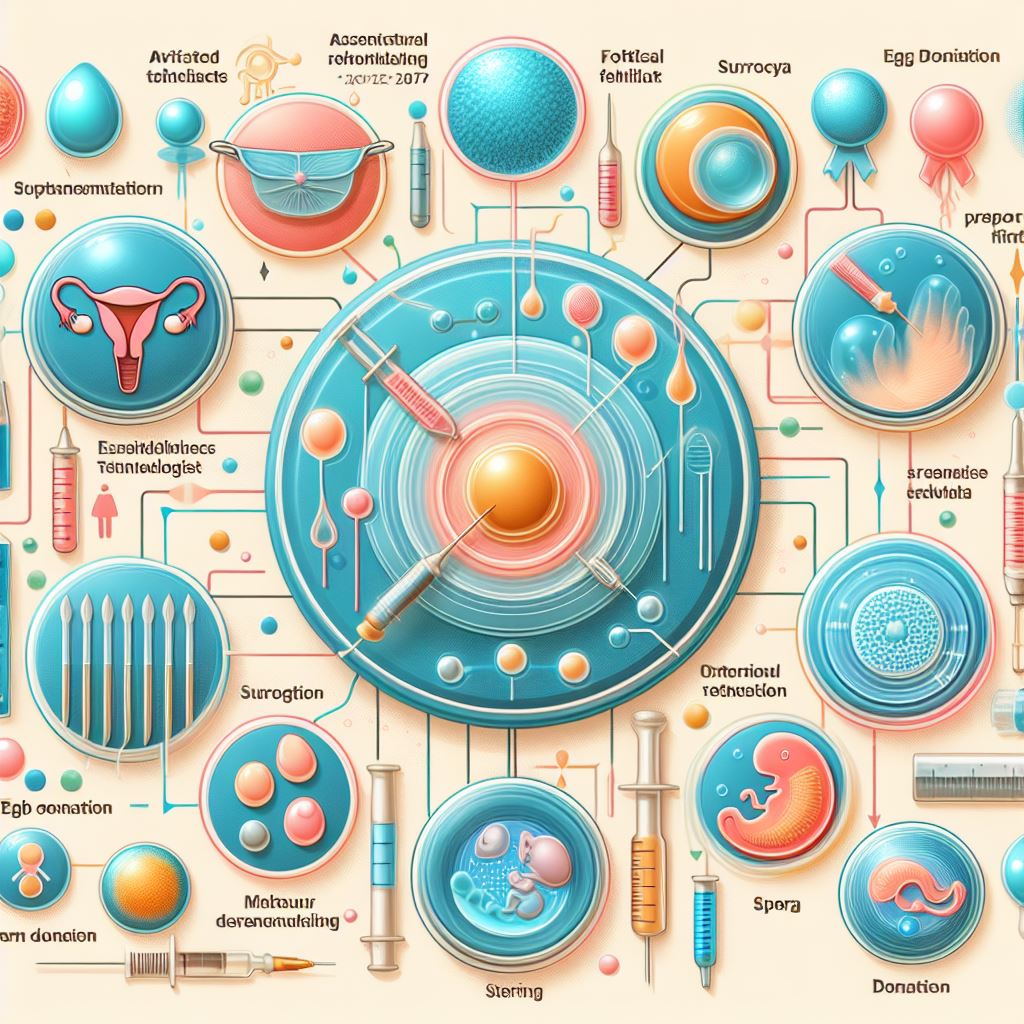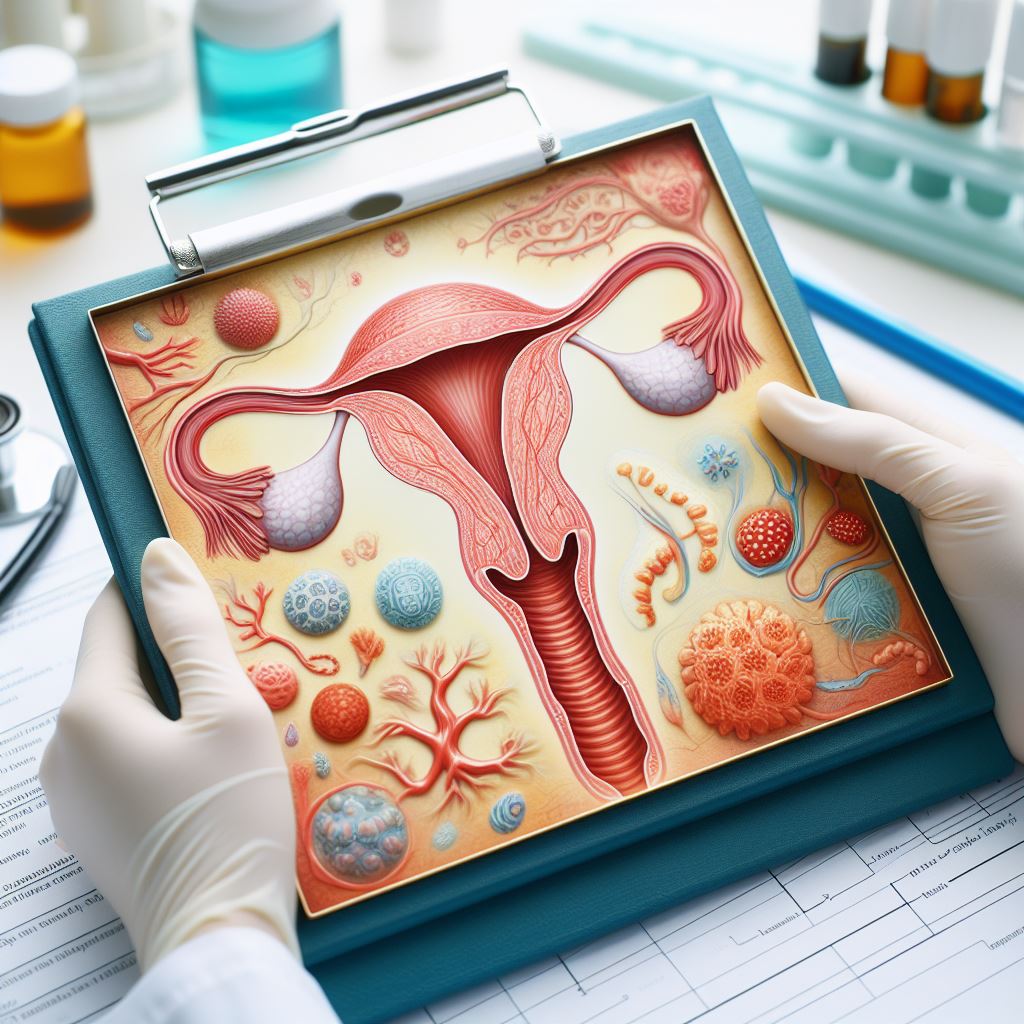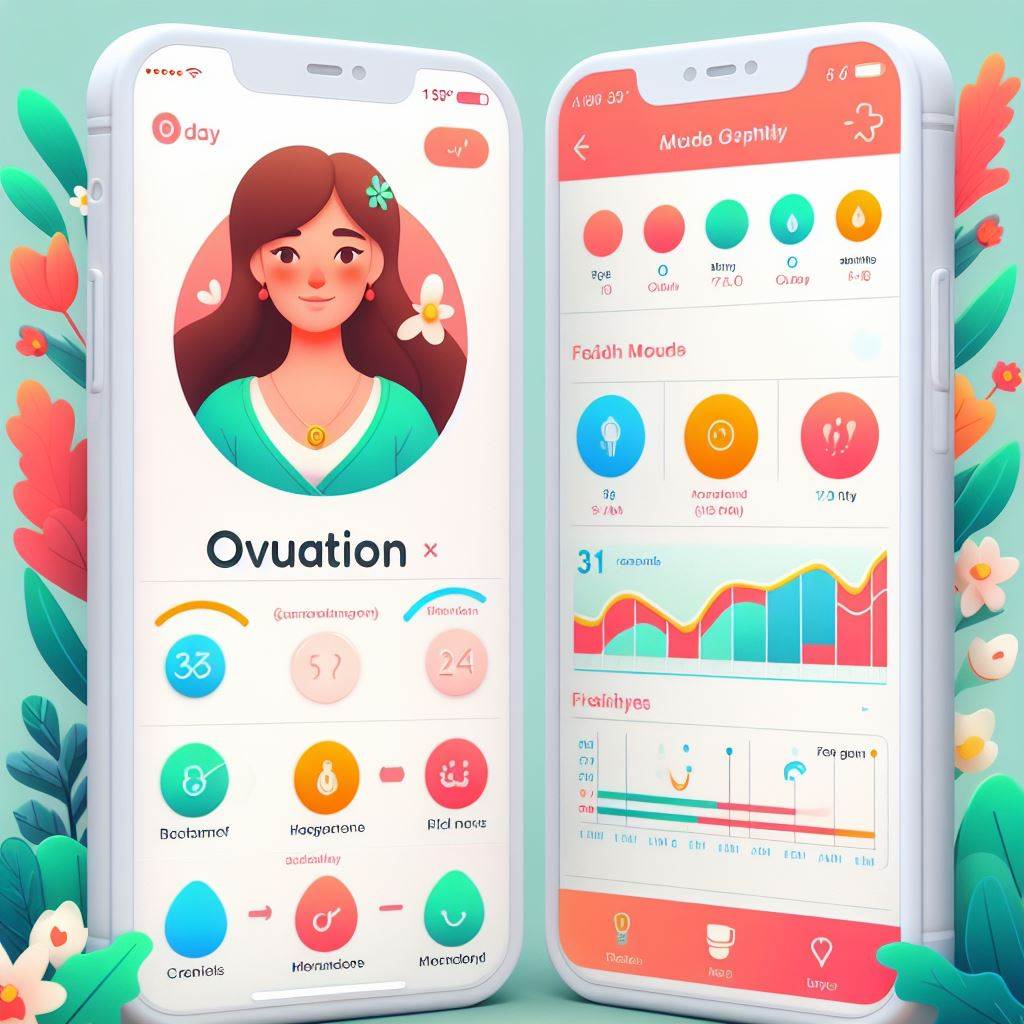Introduction
Fertility challenges can be emotionally daunting, but advancements in medical science have opened doors for couples struggling to conceive. Assisted Reproductive Technologies (ART) have emerged as a ray of hope for many. In this comprehensive guide, we will explore various ART options and delve into their success rates. If you or someone you know is facing fertility problems, this article aims to provide essential information, guidance, and optimism.
Understanding Assisted Reproductive Technologies (ART)
Assisted Reproductive Technologies (ART) encompass a range of medical procedures and treatments designed to help individuals and couples overcome infertility. These technologies are often employed when natural conception is challenging or unsuccessful. Here are some key aspects of ART:
1. In Vitro Fertilization (IVF): IVF is one of the most well-known ART procedures. It involves the retrieval of eggs from a woman’s ovaries, fertilizing them with sperm in a laboratory, and then transferring the resulting embryos into the uterus. IVF has helped countless couples achieve their dream of parenthood.
2. Intrauterine Insemination (IUI): IUI is a less invasive ART procedure in which sperm is directly placed into the woman’s uterus during her fertile window. It can be used in cases of mild male factor infertility, unexplained infertility, or when cervical factors affect sperm transport.
3. Intracytoplasmic Sperm Injection (ICSI): ICSI is a specialized form of IVF that involves the injection of a single sperm directly into an egg. It is particularly useful when male infertility issues are a concern.
4. Egg Freezing (Oocyte Cryopreservation): Egg freezing allows women to preserve their eggs for future use. This can be a proactive step for those who wish to delay childbearing due to personal or medical reasons.
5. Preimplantation Genetic Testing (PGT): PGT is often used in conjunction with IVF to screen embryos for genetic abnormalities before implantation. It can reduce the risk of genetic conditions in offspring.
Understanding Success Rates in ART
Success rates in ART can vary significantly based on several factors, including the age of the woman, the cause of infertility, the specific ART procedure used, and the expertise of the fertility clinic. It’s important to interpret success rates with these factors in mind.
Age and ART Success
A woman’s age is a crucial determinant of ART success. Fertility naturally declines with age, primarily due to a decrease in the quantity and quality of eggs. Here’s how age impacts success rates:
1. Younger Women: Women under 35 typically have higher success rates with ART, particularly IVF. Their eggs are more likely to result in healthy embryos and successful pregnancies.
2. Women Ages 35-37: Success rates in this age group are still relatively high, but the chances of fertility issues increase compared to younger women.
3. Women Ages 38-40: As women approach their late 30s and early 40s, success rates decline, and the risk of miscarriage increases. IVF may still be effective, but the chances of conception are lower.
4. Women Over 40: Women over 40 face the most significant challenges in achieving successful pregnancies through ART. While it’s possible, the success rates are notably lower.
Underlying Causes of Infertility
The cause of infertility also plays a critical role in determining success rates. Some common causes of infertility include:
1. Male Factor Infertility: When male infertility is the primary issue, ART procedures like ICSI can be highly successful. These techniques directly address sperm-related challenges.
2. Female Factor Infertility: Women with conditions such as polycystic ovary syndrome (PCOS), endometriosis, or blocked fallopian tubes may still achieve successful pregnancies through ART, but the success rates may vary depending on the severity of the condition.
3. Unexplained Infertility: In cases of unexplained infertility, where no clear cause is identified, success rates can be moderate to high, especially for younger women.
The Role of the Fertility Clinic
The choice of a fertility clinic and the expertise of the medical team are critical factors in ART success rates. Here’s how the clinic can impact success:
1. Experience: Fertility clinics with experienced and skilled reproductive specialists often have higher success rates. These professionals can tailor treatments to individual needs.
2. Lab Quality: The quality of the laboratory where embryos are cultured and screened can significantly affect success rates, especially in IVF and PGT.
3. Patient Selection: Clinics that carefully select patients for ART procedures based on their specific circumstances tend to have better success rates.
Success Rates in Specific ART Procedures
Let’s take a closer look at the success rates of some specific ART procedures:
1. In Vitro Fertilization (IVF): IVF success rates vary by age and clinic but can range from 40% or higher for women under 35 to 10% or lower for women over 40. Multiple IVF cycles may be needed to achieve pregnancy.
2. Intrauterine Insemination (IUI): IUI success rates can be around 10-20% per cycle, depending on factors such as sperm quality, age, and the cause of infertility. Success rates may increase with multiple cycles.
3. Intracytoplasmic Sperm Injection (ICSI): ICSI is often used in conjunction with IVF and can have success rates similar to IVF, with age being a significant factor.
4. Egg Freezing (Oocyte Cryopreservation): Success rates for egg freezing vary but tend to be higher for younger women. The quality of eggs at freezing plays a crucial role in future success.
5. Preimplantation Genetic Testing (PGT): PGT can significantly increase the chances of a successful pregnancy in cases where genetic abnormalities may be a concern. Success rates depend on various factors, including age and the number of embryos tested.
Factors to Consider in ART
When considering ART, several important factors should be taken into account:
1. Cost: ART can be expensive, and insurance coverage varies. Consider your financial situation and explore options for financial assistance or grants.
2. Emotional and Psychological Impact: Fertility treatments can be emotionally challenging. Seek support from mental health professionals, support groups, or therapists specializing in infertility.
3. Multiple Cycles: It’s essential to understand that multiple ART cycles may be necessary to achieve pregnancy. Discuss this with your healthcare provider and plan accordingly.
4. Lifestyle Factors: Lifestyle choices such as diet, exercise, and stress management can impact the success of ART. Adopting a healthy lifestyle can be beneficial.
5. Complementary Therapies: Some individuals explore complementary therapies such as acupuncture or herbal supplements alongside ART. Discuss these options with your healthcare team.
6. Alternative Family-Building Options: In cases where ART may not be successful or is not desired, alternatives like adoption or surrogacy may be considered.
Conclusion
Assisted Reproductive Technologies (ART) offer hope and possibilities to individuals and couples facing fertility challenges. Success rates in ART can vary based on age, the cause of infertility, and the specific procedure used. Understanding these factors and choosing the right fertility clinic and treatment plan can improve the chances of achieving a successful pregnancy.
If you are considering ART, consult with a qualified reproductive specialist who can provide personalized guidance and support throughout your journey. Remember that while the road to parenthood may have its challenges, ART has brought joy and fulfillment to countless families around the world.






